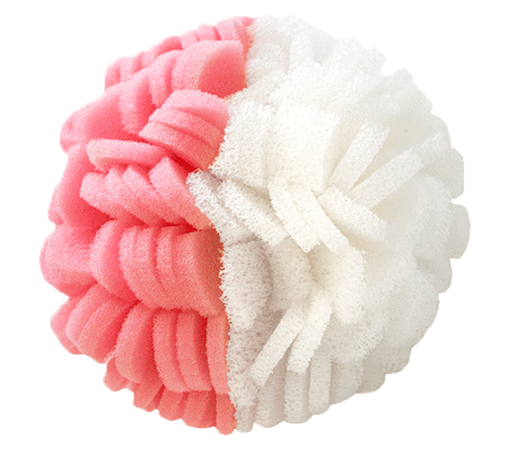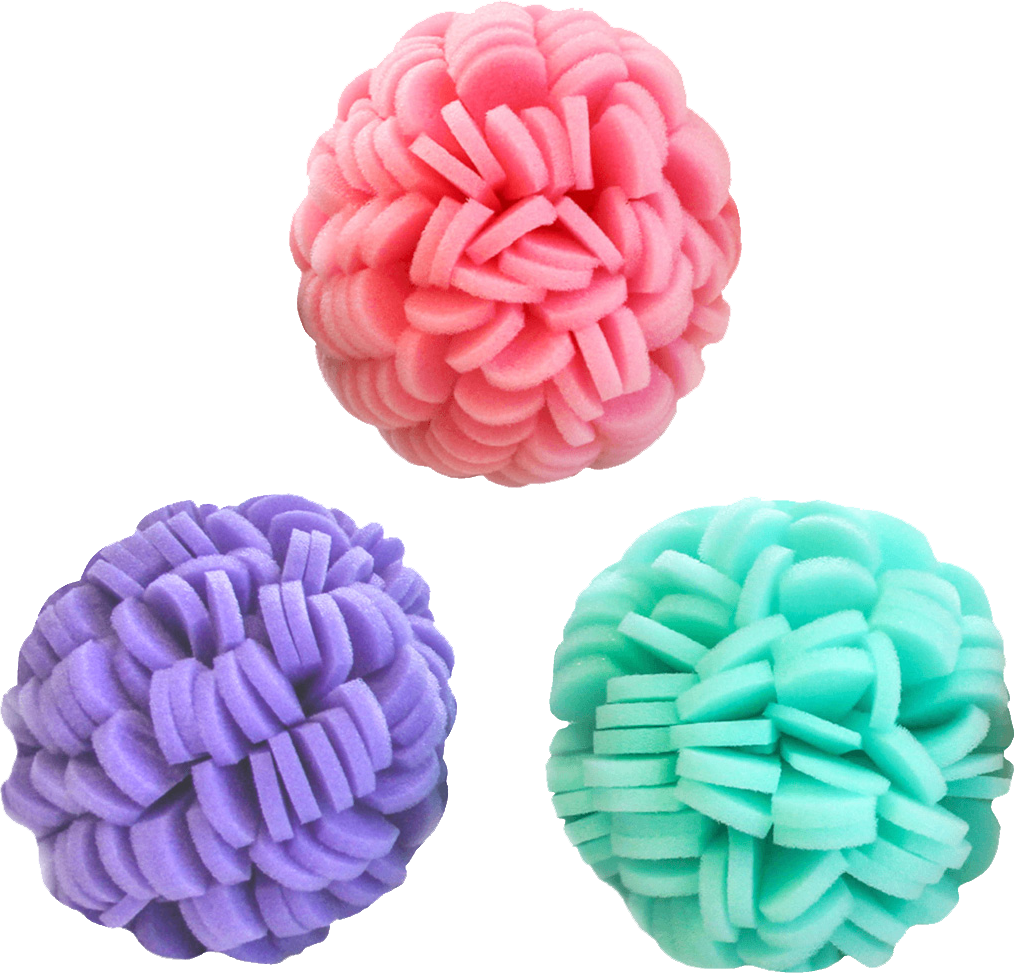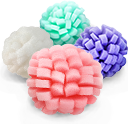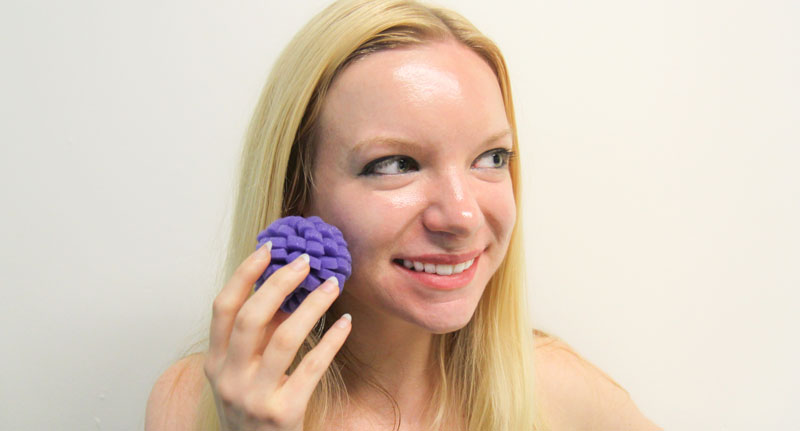Oily and acne-prone skin can be difficult, but it is especially difficult for Level 4 acne sufferers. Bacterial accumulation has reached a point where the skin is inundated with papules, pustules, redness, and inflammation. The excess sebum makes a perfect environment for even more bacteria and pore-clogging, and the cycle never seems to end!
What are the Different Levels of Acne?
Dermatologists classify types of acne into four grades by a simple visual inspection of the skin. Specific criteria are used to classify acne symptoms, including:
- types of non-inflamed comedones (pimples) present
- types of inflamed comedones present
- amount of breakout activity
- amount of inflammation, if any
- areas of the body affected by acne
Knowing the grade of your acne is an important step in treating acne. All acne grades require different treatment methods (About Health). For instance, level 4 acne requires more intensive treatment than the other levels. Level 4 acne, or grade IV acne, is often referred to as nodulocystic or cystic acne. The skin will display numerous papules, pustules, and nodules, in addition to cysts. There is a pronounced amount of inflammation and breakouts are severe. Cystic acne is very painful.
Acne of this severity usually extends beyond the face, and may affect the entire back, chest, shoulders, and upper arms. The infection is deep and widespread. Nearly all cystic acne sufferers develop scarring.
How Can You Treat Level 4 Acne?
Level 4 acne tends to be hard to control, and almost always requires powerful systemic medications in addition to topical treatments (About Health).
Nearly all treatment regimens for level 4 acne include salicylic acid. Salicylic acid is a popular treatment for acne. This is because salicylic acid is antibacterial, anti-inflammatory, and skin-refining.
As an antibacterial agent, salicyclic acid has the potential to neutralize any of the acne-causing bacterium P. Acnes that’s present in acne papules and pustules. Salicylic acid specifically inhibits the production of various aspects necessary for bacterial binary fission (bacterial reproduction), such as fibrinogen, fibronectin, and alpha-hemolysis.
Yet salicyclic acid is also anti-inflammatory, which again is great for treating acne conditions. SA’s anti-inflammatory nature comes from its ability to truncate the arachidonic acid (AA) cascade within the skin.
According to Dr. Heather Brannon, M.D., a family-practice physician with a specialty in Dermatology, salicyclic acid is also reported to improve signs of aging including wrinkling, roughness, and mottled pigmentation of photodamaged skin with at least 6 months of daily application. This is because salicylic acid softens keratin, a protein that forms part of the skin structure. This helps to loosen dry scaly skin, increasing cell turnover and effectively renewing the skin. It is often used in acne treatments to cleanse and to prevent clogging of the pores (DermNetNZ).
Another great acne exfoliator for use with salicylic acid is the ViaBuff Extra Gentle Exfoliator – Level 1. It can be hard to find the correct sponge or washcloth for use with salicylic acid cleansers, as some can be too harsh and abrasive. The ViaBuff Extra Gentle Exfoliator is non-sensitizing, non-irritating, cruelty-free, and dermatologist-tested. It works well with your favorite salicylic acid cleanser in treating acne!
Which Makeup Products are Best for Level 4 Acne?
All makeup primers should be designed to create a smooth, uniform canvas for makeup, which means a large dose of silicones. However, those for oily/acne-prone skin should contain at least one adsorbent ingredient, like one of the following:
- Aluminum derivatives: Alumina, aluminum hydroxide, aluminum starch octenylsuccinate, etc.
- Bentonite
- BIsmuth oxychloride
- Calcium carbonate
- Fuller’s earth
- Hydrolyzed corn starch
- Kaolin
- Magnesium or one of its derivatives: magnesium hydroxide, magnesium silicate, etc.
- Rice starch, rice bran, etc.
- Silica or one of its derivatives: silicate, etc.
- Silk powder
Should Any Products Be Avoided with Level 4 Acne?
According to DermNetNZ, skin care ingredients with any of the following ingredients should not be used in conjunction with salicylic acid, unless you are advised otherwise by your physician:
- Medicated topical agents, e.g. benzoyl peroxide (unless you are using a benzoyl peroxide spot treatment in the morning and a salicyclic acid spot treatment at night), topical retinoids (unless you are using a salicyclic acid spot treatment and using retinoids elsewhere on your face), calcipotriol
- Abrasive soaps and cleansers
- Cosmetics or soaps that dry the skin or are designed to peel/exfoliate
Should Any Products Be Avoided with Level 4 Acne?
Level 4 acne can be an issue for many people, but it doesn’t have to be. With a treatment regimen designed to eradicate acne-causing bacteria with agents like salicylic acid, amazing exfoliators like the ViaBuff, and the avoidance of certain abrasive products, your acne is bound to look better over time!




